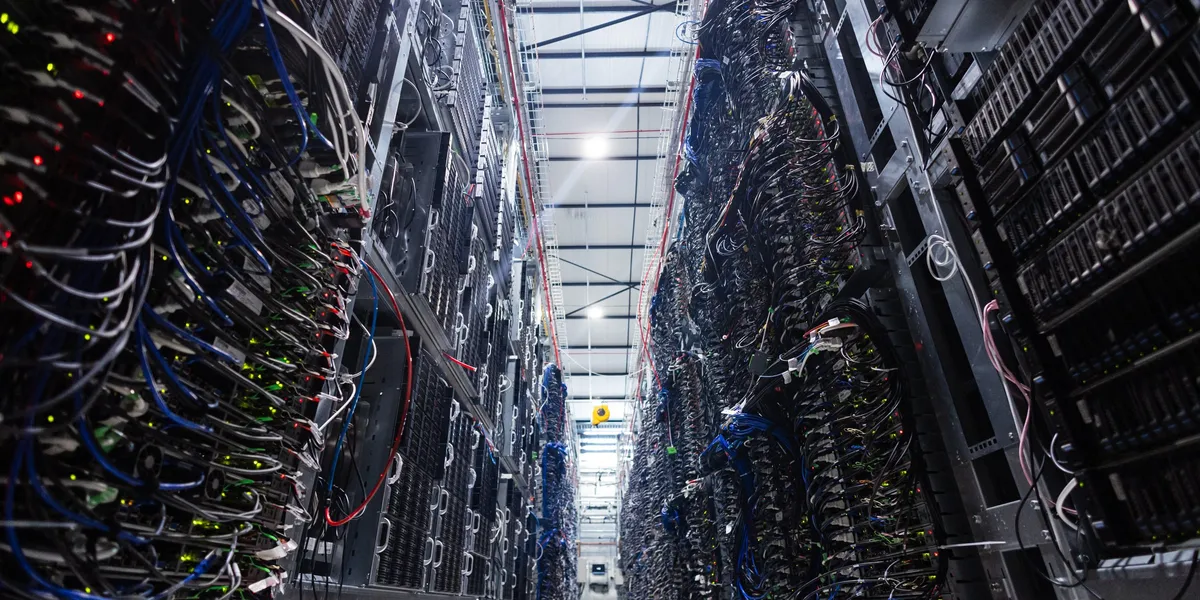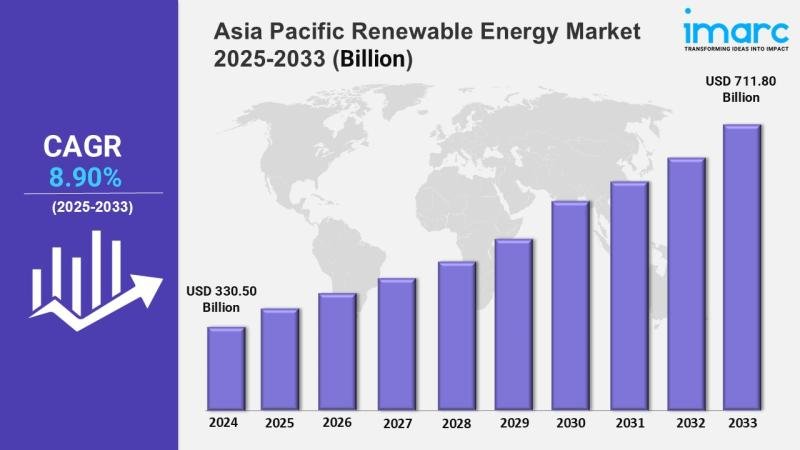The rapid growth of AI-driven data centers is reshaping the energy landscape in Europe. As the demand for computing power rises, these data centers are increasingly seeking locations with abundant and affordable energy sources. This trend could favor renewable energy, particularly wind.
As AI technologies advance, data centers require more energy to operate. This surge in energy demand is prompting companies to consider new geographical locations where renewable energy is more accessible. Experts suggest that by prioritizing sites near wind farms, data centers can not only reduce their carbon footprint but also create new investment opportunities in the wind energy sector.
According to recent industry reports, the European data center market is expected to grow at a compound annual growth rate (CAGR) of over 15% through 2027. This growth translates to increased energy consumption, which is projected to reach upwards of 450 terawatt-hours (TWh) annually. As a result, energy-intensive companies are evaluating their power sources more critically than ever.
Wind energy is emerging as a prime candidate for this shift. Countries like Germany and Denmark are already leaders in wind power generation, with Denmark generating over 47% of its electricity from wind in 2020. The integration of AI data centers into these regions could drive further investments in wind infrastructure.
Moreover, the move towards renewable energy aligns with corporate sustainability goals. Companies operating data centers are increasingly committing to carbon neutrality targets. By investing in renewable energy sources like wind, they can significantly cut down on greenhouse gas emissions associated with traditional power sources.
Investment in wind energy is not just a theoretical exercise; it has tangible financial implications. For instance, the European wind energy sector attracted over €26 billion in investments in 2021 alone, and this figure is expected to rise as data centers increasingly tap into this resource.
In addition, geographic considerations are driving competition among regions to attract these energy-hungry data centers. Areas with robust wind resources are likely to see an influx of investment, creating jobs and boosting local economies. For example, the UK’s offshore wind sector is projected to create 27,000 jobs by 2030, largely due to investments from tech companies looking to establish data centers near wind farms.
In summary, the AI data center boom is more than just an increase in energy demand; it is a catalyst for greater investment in renewable energy sources like wind. As these data centers seek to optimize their energy use and meet sustainability targets, the future looks promising for the wind energy sector, potentially leading to a more sustainable and economically viable energy landscape.




